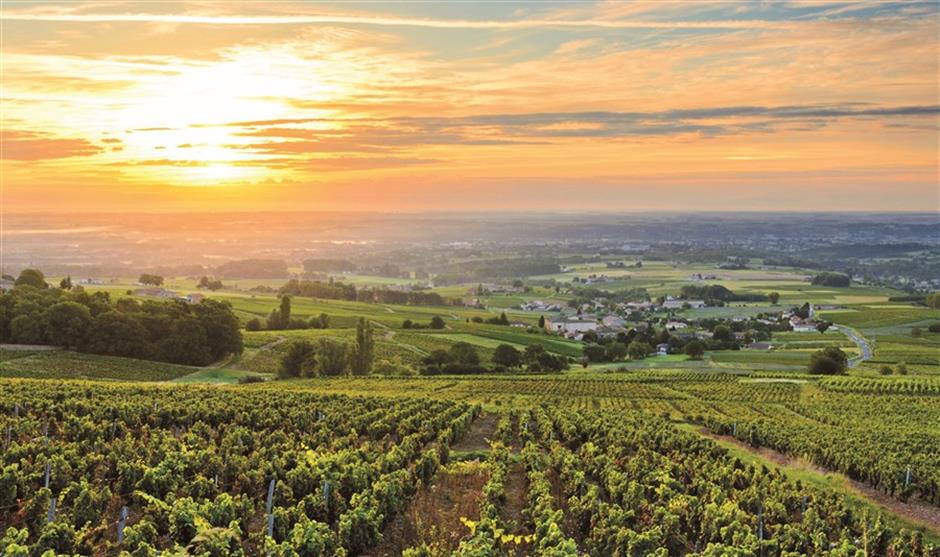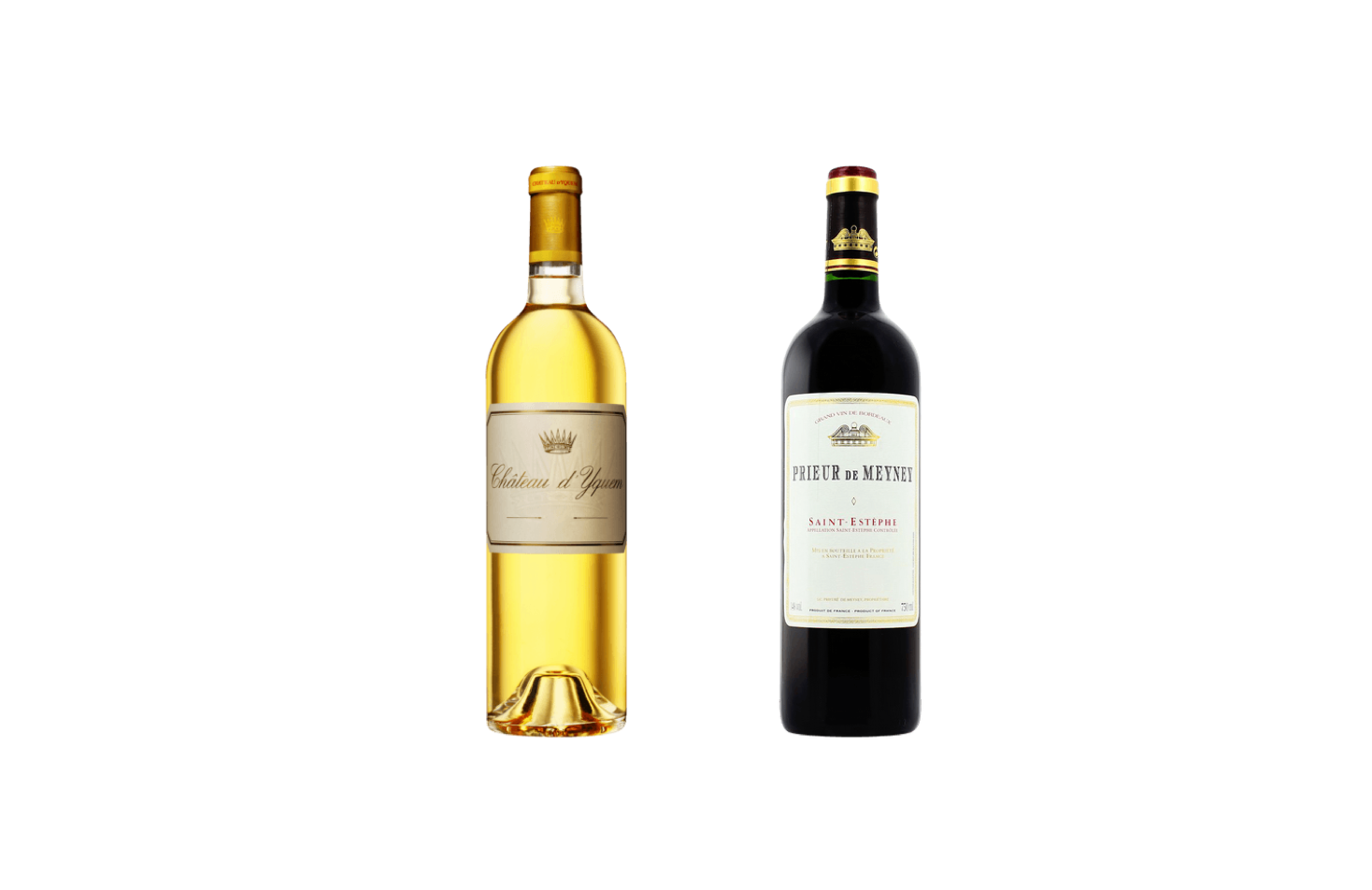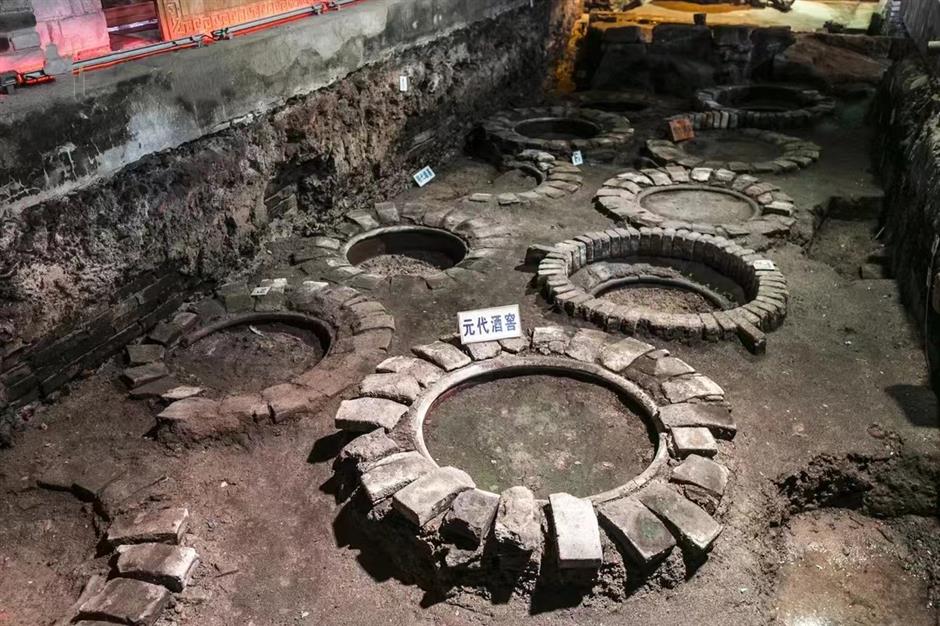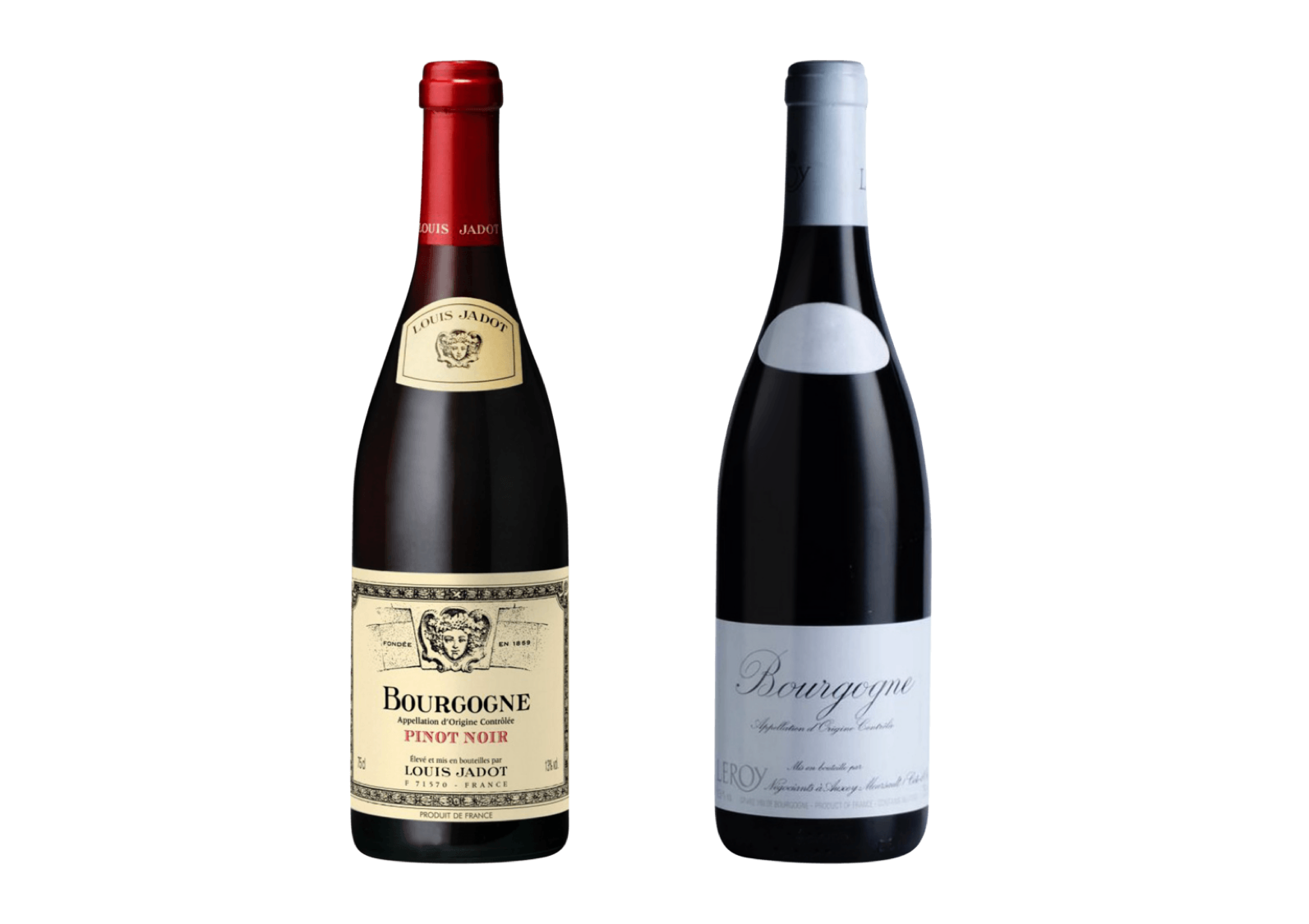Summary
The vast diversity of Chinese cuisines offers food lovers many treats. One of the most beloved delicacies is the topic of this week’s iDEAL section. Xiaolongbao are thin-skinned dumplings filled with broth and savory minced meat. Eaten alone they are delightful, but when they’re enjoyed with the wine the result is pure bliss.
Most fruity white wines with good acidity make nice partners to xiaolongbao but depending on the meat-to-fat ratio of the ground pork in the dumplings, certain reds may be preferable. One great example comes from Southern Burgundy.
Beaujolais
All the best red wines of Burgundy are made using the noble Pinot Noir variety. But in the southernmost reaches of the region, some quite good red wines are made using the Gamay grape. This thin-skinned, late ripening grape makes wine with marked fruitiness and moderate tannins. Widely disparaged by wine lovers today, for most of its history Beaujolais wines had a good reputation.
The earliest Roman invaders of Gaul planted vines on the hillsides of Beaujolais. The most prized vineyard was Brulliacus that occupied a significant part of what is now Mont Brouilly. Wines from this vineyard were prized throughout the Empire. When Rome fell, the Benedictine monks took over stewardship of winemaking in Beaujolais and like the Romans made red wines of considerable note. The advent of the Duchy of Burgundy in the 15th century saw the Gamay grape exiled from most of Burgundy when the famously opinionated Philippe the Bold forbid the cultivation of Gamay in the prime growing areas of the Cote d’Or. This Pinot Noir loving noble famously said the Gamay variety was “an evil and disloyal plant” and “injurious to the human creature.”
Technically-speaking there’s nothing inherently terrible about the Gamay wines, and indeed the grape is used today to make some very good wines in Beaujolais and elsewhere. The base reputation of the grape and Beaujolais wines is instead due to human greed.
As funny as it may sound, much of Beaujolais’ present-day problems are the result of one of the wine world’s greatest successes. In 1985 the AOC authorities allowed new vintage wines to be released on the third Thursday of November at midnight. Big producers and wine brokers like George Duboeuf took advantage with marketing campaigns built around a race to Paris carrying the first bottles of the vintage. The slogan “Le Beaujolais Nouveau est arrive!” (literally in English, “The New Beaujolais has arrived!”) became famous in France and elsewhere. With creative publicity events and advertising, this annual madness quickly became the most successful wine marketing campaign in the world. All forms of transportation from jets to balloons and even elephants were used to rush the new wines to the far corners of the globe.
In order to keep up with the huge demand for Beaujolais Nouveau in the late 1980s and 1990s, producers cut corners and the quality of these carbonic maceration-method wines deteriorated. In truth, they were never very good but at least in the mid 80s they were drinkable. My father would taste the wines on the morning of the third Friday in November in order to judge the new vintage, but wouldn’t drink them again. By the 1990s he stopped drinking them altogether claiming that even one Friday morning a year was too precious to waste on bad wines.
As the new millennium approached the popularity of Beaujolais was fading and by the 2001 vintage it collapsed. In 2001, 1.1 million cases of mostly Beaujolais Nouveau had to be destroyed because there were no markets for these fruit-bomb wines. The marketing hype was over and consumers moved on to better wines. In fact, some of these wines also came from Beaujolais.
Instead of the popular Beaujolais Nouveau, I recommend the higher quality villages and Cru level Beaujolais. When you see the word villages on the label it denotes a higher standard of Beaujolais, a wine with more depth, complexity and character. The fruitiness of Gamay grape is still there but so are added layers of flavors and a longer more satisfying finish. It’s exactly these qualities that make these higher quality Beaujolais wines so xiaolongbao-friendly.
With xiaolongbao or a host of other Chinese dishes, Cru Beaujolais wines are delightful partners. These wines stand at the very the apex of the Beaujolais quality pyramid. There are ten cru Beaujolais wines. All make good wines but my favorites are Moulin-a-Vent, Chenas and Morgon because they are the fullest bodied and most complex. The best examples are also surprisingly age-worthy.
When choosing a village or Cru Beaujolais the most important factor is the producer. Two of the very best Cru level Beaujolais wines available in Shanghai are the Boisseaux-Estivant Fleurie and Albert Ponelle Moulin-a-Vent. If you’re not presently a fan of Beaujolais wines, these two Cru level wines are sure to change your mind. The wines of other good producers that you can find are Jean Foillard, Georges Descombes, Louis Jadot, Joseph Drouhin and Thibault Liger.
Also remember to chill Beaujolais well before serving. I suggest about 12-14 degrees Celsius for the village level wines and 14-16 degrees for the Cru wines.
Varieties: The king of grapes in Beaujolais is Gamay, a thin-skinned late ripening red variety known for making fruity wines with low tannins
Key term: Fruit-bomb is a derogatory wine term that describes extremely fruity wines that lack structure.
『Original Source:https://www.shine.cn/feature/taste/2311051379/』





